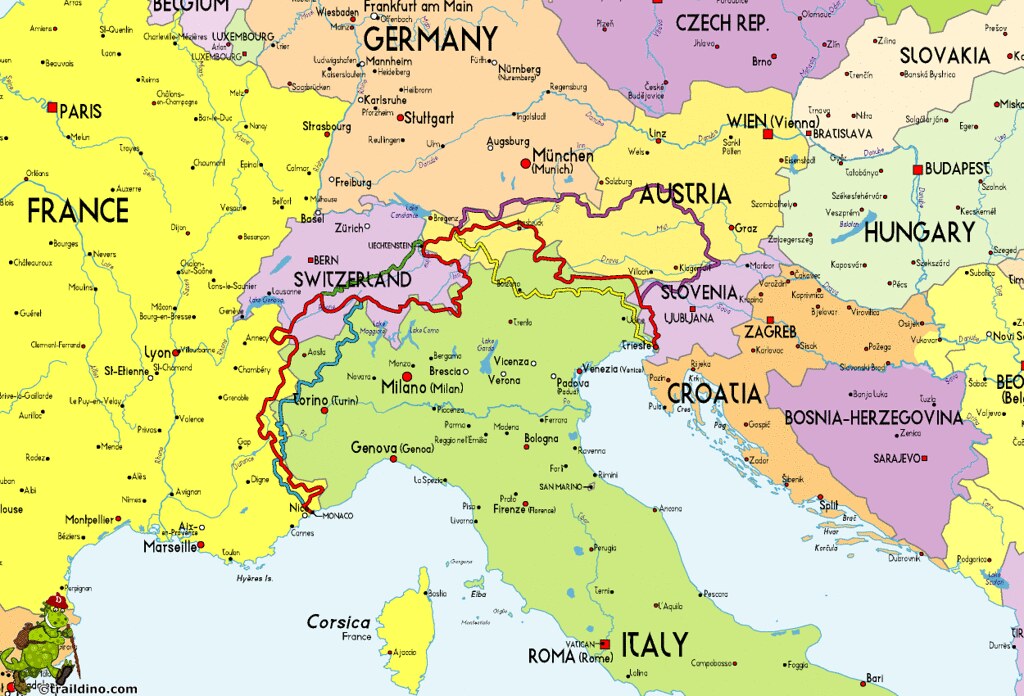Paradox
New member
- Joined
- May 29, 2006
- Messages
- 2,268
- Reaction score
- 314
Reading the recent thread on 60CSx vs. the Etrex I noticed the thread drift on the lack of maps available that include trails. I thought I would start a thread that was basically a plug for the "Wikiloc" website. It is an accumulation of GPS tracks & waypoints that you can download and manipulate on MapSource software. You can also upload your own GPS tracks. Photographs and trail descriptions can also be uploaded.
Here are some links to hikes I have taken: Davis Path in The Presidentials, Crockers in Maine, and the Dix Range in The Daks.
Here are some links to hikes I have taken: Davis Path in The Presidentials, Crockers in Maine, and the Dix Range in The Daks.
Last edited:

